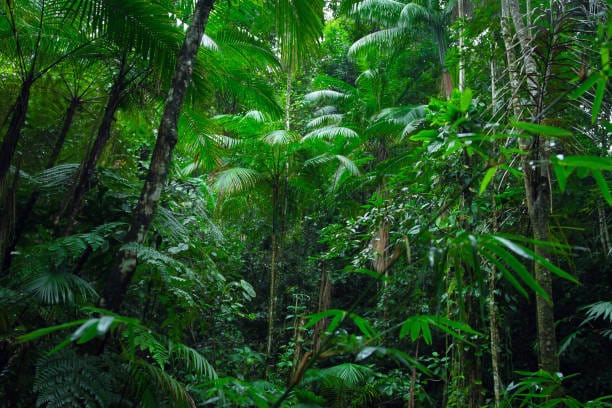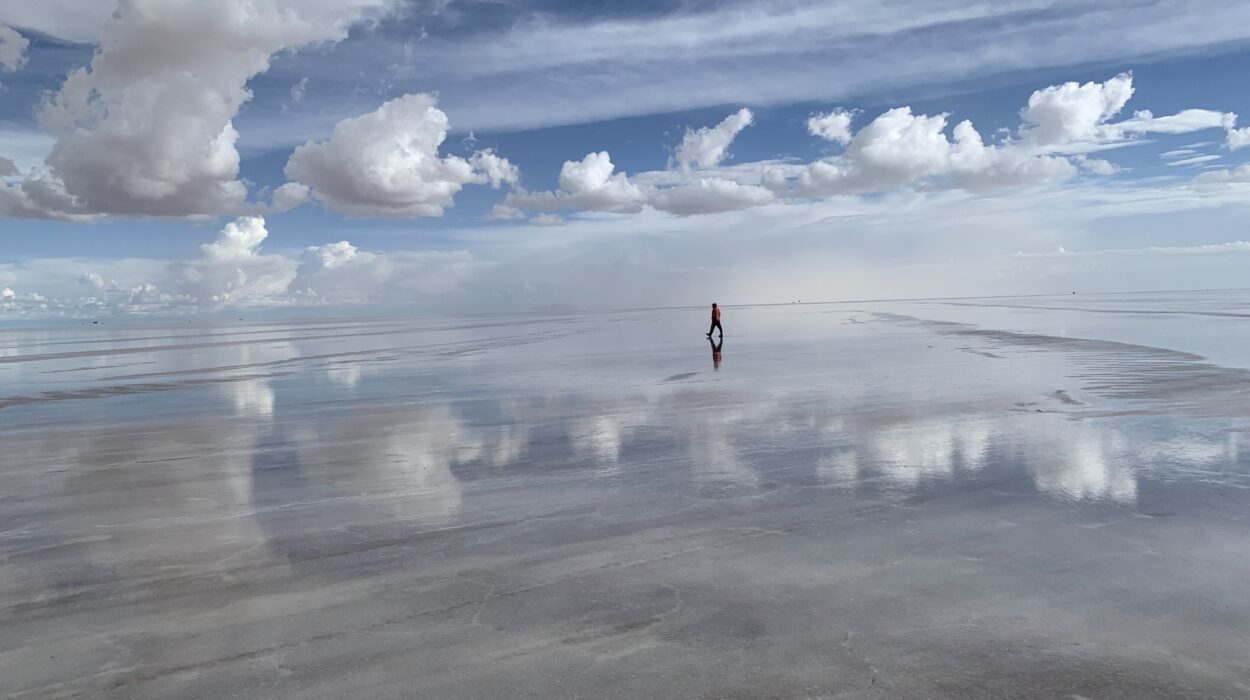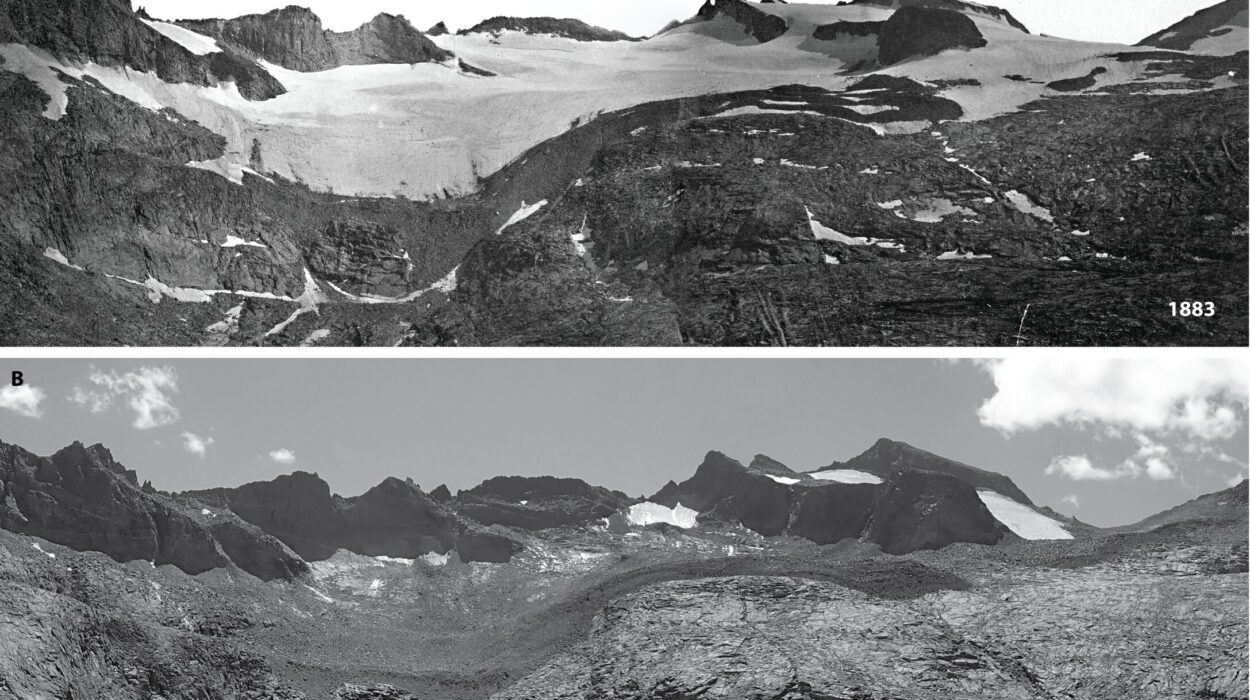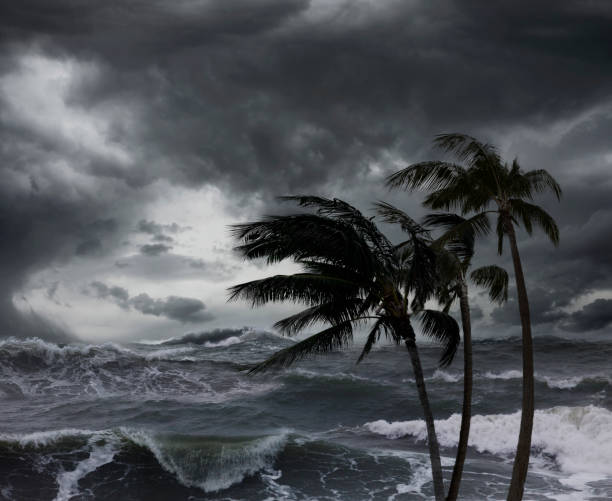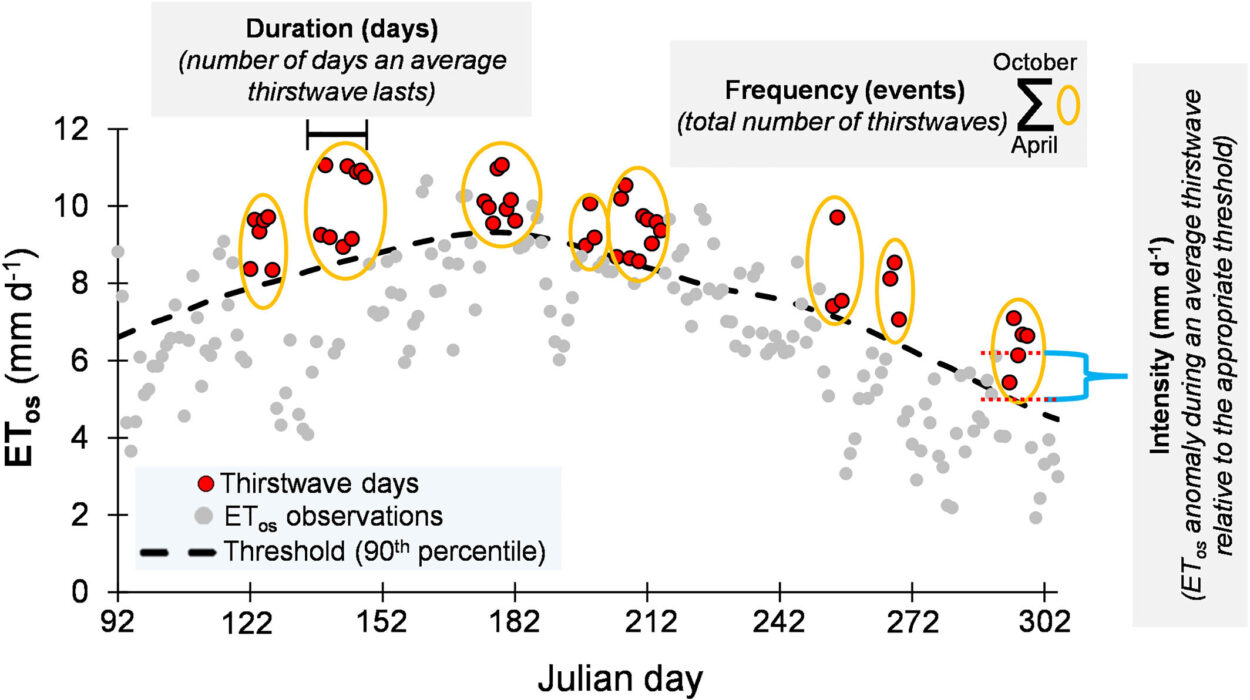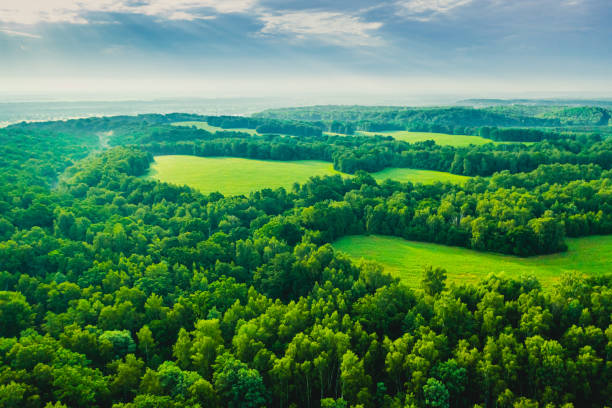From the blistering heat of the Sahara to the damp emerald expanse of the Amazon, Earth is a planet stitched together by life in countless forms. These living tapestries—biomes—stretch across continents and oceans, each one shaped by climate, geography, and evolution. A biome is more than just a region or a set of plants and animals. It is a grand symphony of living and nonliving elements, each note influencing the others, creating an ecosystem that breathes, evolves, and sustains life.
To understand Earth’s biomes is to glimpse the astonishing adaptability of life. It is to witness how creatures endure blistering droughts or freezing tundras, how forests climb mountainsides and coral reefs bloom beneath sunlit seas. This journey from deserts to rainforests is not just a geographical tour—it is an exploration of resilience, diversity, and the intricate balance that makes our planet a living, breathing world.
What Makes a Biome?
Every biome begins with climate. Temperature and rainfall weave the foundation upon which life grows. The amount of sunlight a region receives, the wind patterns that cross its skies, and the shape of its land all play their part in determining which plants can root, which animals can thrive, and which survival strategies will emerge. Over time, these forces sculpt distinct biological communities that share similar characteristics despite existing in different corners of the globe.
Scientists categorize Earth’s biomes broadly—deserts, grasslands, forests, tundras, and aquatic realms. Yet within these lie endless variation: alpine meadows high above clouds, mangrove swamps teeming with unseen life, and icy shelves beneath polar skies where microorganisms dance in the dark. Understanding these biomes requires looking beyond names and maps. It means listening to their rhythms, sensing their fragility, and recognizing that each is a thread in the larger tapestry of life.
Deserts: The Art of Survival in Scarcity
Step into a desert and the first sensation is silence. The horizon wavers under relentless sun, and the air itself seems to shimmer with heat. At first glance, deserts appear lifeless—endless dunes, cracked salt flats, barren rocks. Yet beneath this stillness lies a world of ingenious survival.
Deserts receive less than 25 centimeters of rain annually. Water, the lifeblood of ecosystems, is so rare that every living organism must master its conservation. Plants like cacti store precious moisture in swollen stems and shield it with spines that deter thirsty animals. Roots dive deep or spread wide to catch even a whisper of rain. Animals, too, evolve strategies to avoid heat and thirst. The fennec fox cools itself with oversized ears. The kangaroo rat survives without ever drinking water, extracting moisture solely from seeds.
Despite harshness, deserts pulse with life after rain. Dormant seeds awaken in sudden blooms of color, transforming the landscape overnight. Insects swarm, birds arrive, and predators stir. These brief moments of abundance are reminders that even in extremes, life finds a way.
But deserts are fragile. Overgrazing, climate change, and human expansion threaten their delicate balance. When disrupted, deserts can lose their resilience, leading to desertification that swallows fertile lands. Protecting deserts means understanding their quiet richness and the vital role they play in Earth’s climate systems.
Grasslands: Oceans of Green and Gold
Where rainfall is more generous but not enough to sustain forests, grasslands spread like vast terrestrial seas. The wind ripples through tall grasses like waves, herds of grazing animals move like schools of fish, and predators weave through like silent hunters beneath the surface. Grasslands are some of the planet’s most productive and yet most endangered ecosystems.
Prairies in North America, pampas in South America, steppes in Eurasia, and savannas in Africa each tell variations of the same story. Grasses dominate because they have evolved to withstand fire, grazing, and drought. Their roots knit deep into the soil, storing nutrients and preventing erosion.
Grasslands support astonishing biodiversity. Bison once thundered across the American plains in millions. Antelopes, zebras, and wildebeests undertake epic migrations across African savannas, chased by lions and stalked by cheetahs. Birds soar above, rodents burrow below, and insects pollinate in quiet diligence.
But grasslands also nourish humanity. They are among the richest agricultural lands, feeding billions through crops and livestock. This reliance has come at a cost: much of the world’s grasslands have been plowed and converted, leading to loss of native species and soil degradation. Restoring them means rethinking how we live with these biomes—allowing wild grasses to regrow, reintroducing keystone species, and managing fires that maintain their health.
Forests: Lungs and Sanctuaries of the Earth
Forests are nature’s grand cathedrals, where towering trees filter sunlight into golden shafts and life hums from canopy to roots. Covering about 31% of Earth’s land area, forests are the lungs of the planet, generating oxygen, storing carbon, and regulating climate. But beyond their ecological service, they are sanctuaries of wonder and complexity.
Forests take many forms. Tropical rainforests near the equator teem with unparalleled biodiversity. In the Amazon alone, a single hectare can host hundreds of tree species and thousands of insect varieties. These forests never sleep—day and night, life thrives in constant interaction. The dense canopy houses monkeys, parrots, and frogs, while jaguars stalk shadowy undergrowth. Medicinal plants, many undiscovered, hide in plain sight, holding cures yet to be revealed.
Temperate forests, with their seasonal rhythms, paint landscapes with autumn fire and spring blossoms. Deciduous trees shed leaves to endure winter, while evergreens persist year-round. These forests shelter deer, bears, wolves, and countless birds that migrate with changing seasons.
Boreal forests, or taigas, stretch across northern latitudes, dominated by conifers resilient to cold and snow. They may seem desolate in winter’s grip, but beneath the snow, lynxes hunt, owls watch, and tiny voles tunnel. In summer, the brief warmth unleashes surges of life as insects emerge and migratory birds return.
Forests are pillars of stability, yet they face unprecedented threats. Deforestation for agriculture, logging, and urbanization strips away their protective cover. Climate change alters rainfall and fire patterns, stressing ecosystems already under pressure. Preserving forests is not just about saving trees; it is about safeguarding the intricate web of life and the climate that sustains humanity.
Tundras: The Frozen Frontiers
Far beyond where trees can grow, tundras stretch across the Arctic and atop high mountains. These are Earth’s frozen frontiers—treeless plains where the ground remains locked in permafrost for much of the year. In summer, the surface thaws just enough for mosses, lichens, and hardy shrubs to emerge, painting the landscape with muted greens and bursts of wildflowers under the midnight sun.
Life in the tundra is a lesson in endurance. Animals grow thick fur, migrate vast distances, or hibernate through brutal winters. Caribou traverse thousands of kilometers, while polar bears roam icy coasts in search of seals. Arctic foxes change coats with the seasons, blending into snow or summer rock.
Though seemingly desolate, tundras are critical to global ecology. Their frozen soils store immense amounts of carbon. As climate change warms these regions, permafrost thaws, releasing greenhouse gases and accelerating warming—a feedback loop with worldwide consequences. Protecting tundras is therefore vital not just for the species that live there, but for the stability of the planet’s climate.
Aquatic Biomes: The Blue Heart of Earth
Though we often think of biomes as land-based, the majority of life resides in water. Oceans, rivers, lakes, wetlands, and coral reefs form aquatic biomes that shape climate, nourish life, and define our planet’s very identity as a “blue world.”
Oceans are Earth’s largest biome, covering over 70% of the surface. They are dynamic systems of currents, temperatures, and nutrient flows. Sunlit shallows brim with kelp forests and coral reefs—rainforests of the sea—supporting dazzling marine biodiversity. The open ocean hosts vast schools of fish, whales that sing across thousands of miles, and mysterious creatures dwelling in the dark abyss where light never reaches.
Freshwater biomes—rivers, lakes, ponds—are lifelines that sustain both aquatic and terrestrial species. Wetlands filter water, buffer storms, and serve as nurseries for fish and birds. These environments, though less visible than forests or deserts, are essential to ecological health and human survival.
Aquatic biomes face severe challenges. Overfishing, pollution, and warming waters disrupt marine food webs. Coral reefs bleach and die under heat stress. Freshwater systems are dammed, diverted, and drained. Conserving these watery realms is crucial, as they regulate climate, generate oxygen, and provide food and livelihoods for billions.
The Interconnectedness of Biomes
No biome exists in isolation. Deserts give way to grasslands, which blend into forests, which transition into tundras. Rivers run through them all, linking mountains to oceans. Migratory species cross boundaries—birds fly from Arctic tundras to tropical wetlands; salmon swim from oceans to inland rivers; monarch butterflies journey thousands of miles from temperate zones to Mexican forests.
Human activities also tie biomes together. Deforestation in one region can alter rainfall in another. Melting ice in the Arctic raises seas that flood tropical coasts. The loss of pollinators in grasslands affects crops grown far away. Understanding biomes means understanding these invisible threads that bind the planet’s systems into a single living whole.
Human Impact and the Future of Biomes
For thousands of years, humans have adapted to biomes, drawing food, water, and shelter from their resources. Today, however, humanity is reshaping them on an unprecedented scale. Cities spread into forests, agriculture transforms grasslands, deserts expand under changing climates, and oceans warm as carbon fills the air.
Scientists warn that many biomes are nearing tipping points where their structure could fundamentally change. The Amazon, long a lush rainforest, faces deforestation and drying trends that threaten to turn it into savanna. Coral reefs risk collapse as oceans acidify. Even deserts are not immune, as invasive species and human activity disturb their balance.
Yet hope remains. Conservation efforts are restoring wetlands, rewilding grasslands, and replanting forests. Protected areas give species space to recover. International agreements aim to curb carbon emissions and slow climate change. Indigenous peoples, whose knowledge of biomes spans millennia, offer wisdom on sustainable living that modern societies are beginning to recognize and embrace.
The future of Earth’s biomes depends on choices made now. Preserving their diversity is not only an ecological responsibility—it is a survival imperative. These biomes regulate climate, purify air and water, and sustain the complex web of life upon which humanity depends.
A Planet Worth Protecting
From deserts that bloom in fleeting rainstorms to rainforests alive with endless song, Earth’s biomes tell a story of resilience and wonder. They remind us that life thrives not in uniformity but in diversity, sculpted by the harshest conditions and the gentlest rains.
Understanding these biomes is more than academic knowledge. It is an act of connection. It allows us to see ourselves not as separate from nature but as participants in a shared, fragile, and beautiful system. The tapestry of deserts, grasslands, forests, tundras, and waters is the foundation of our world. To protect it is to protect ourselves.
As we journey across these landscapes in thought or in person, we are reminded of a simple truth: Earth is not just a planet of land and water. It is a living, breathing entity, a masterpiece of biomes woven together over billions of years. The question that remains is whether humanity will honor this masterpiece and ensure its survival for generations yet to come.
